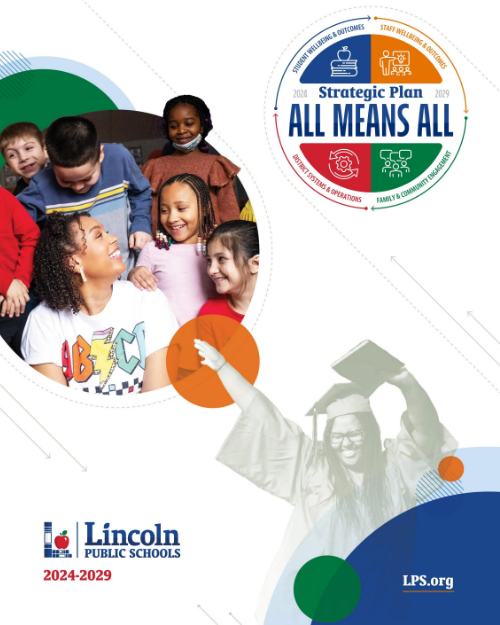2024–2029 LPS Strategic Plan
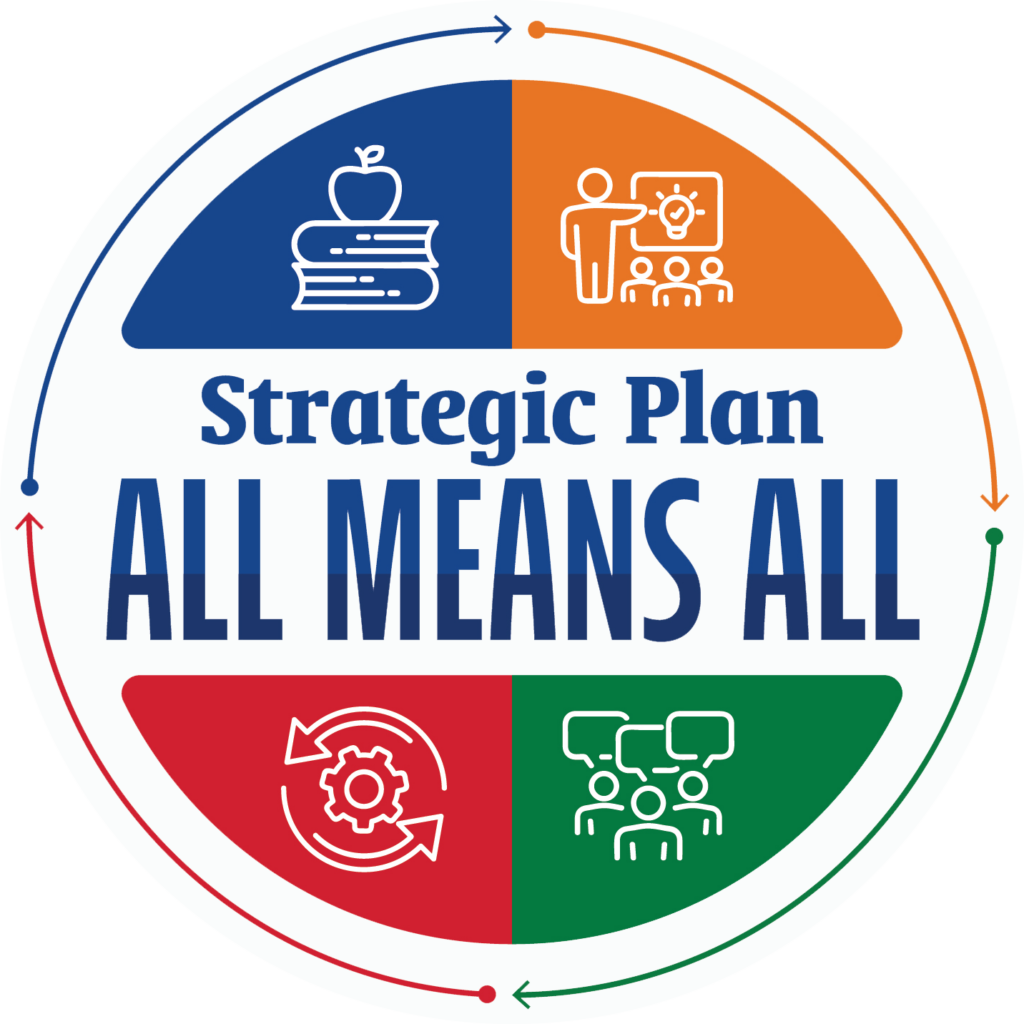
To our community…
We are honored to present to you the 2024-2029 Lincoln Public Schools Strategic Plan – a living document that serves as a road map and will guide the important work of the district to prepare ALL students for successful careers, lifelong learning, and civic engagement.
This new strategic plan represents Lincoln Public School’s commitment to community input and equitable outcomes, aligns the strategic priorities of the school district with the All Means All Action Plan, and includes themes from the Superintendent’s Transition Report.
We are proud of the work leading up to this point. Nearly 3,000 individuals representing the diverse voices in our community provided input and engaged with us in all phases of this process.
Presenting this plan to you is not the end, but the beginning. Our commitment to you now is transparency and accountability as we work together with staff to achieve the action steps outlined in the 2024-2029 LPS Strategic Plan. You will be able to find regular updates on our website and during Board of Education meetings.
In closing, we wanted to thank all of the staff, families, students and community members for their participation throughout this process. Openly sharing your experiences and feedback with us was pivotal to building a robust strategic plan. By working together to implement this strategic plan we can ensure that All Means All.
Kathy Danek
Chair of Strategic Plan Steering Committee
Lanny Boswell
Lincoln Board of Education President
Dr. Paul Gausman
Superintendent
Lincoln Public Schools Strategic Plan
Equity Statement
The Lincoln Board of Education is committed to equity for students, staff, and patrons of the Lincoln Public Schools. Equity in education intentionally provides what each student needs to reach their individual potential. Students have access to opportunities through the same academic and behavior standards. Students are taught by expert teachers who hold students to the highest learning expectations, while fostering an environment for students to discover and explore their passions, while making meaningful connections, as they pursue their post-secondary dreams and aspirations. Lincoln Public Schools provides the appropriate levels of resources and support that result in equitable and measurable outcomes for all students regardless of their socio-economic status, race, national origin, ethnic background, culture, religion, sex, pregnancy, childbirth or related medical condition, sexual orientation, gender identity, age, disability, mental, physical or linguistic ability or other protected status.
Mission Statement
The mission of Lincoln Public Schools is to prepare ALL students for successful careers, lifelong learning, and civic engagement.
Theory of Action
If the district…
Implements challenging and appropriate standards of excellence with input from school and community leaders for ALL students and staff in line with national norms and best practices;
- Aligns resources (funding, time, support, etc.) to each school based on the identified needs of students;
- Empowers and supports each school leader to ensure that staff meet the unique needs of students;
- Implements clear, consistent, and timely accountability measures to track progress toward established goals;
- Provides support to schools, leaders, and staff in response to the measures of progress and needs;
Then…
- ALL students will be able to grow and excel under challenging and appropriate expectations and achieve success in careers, lifelong learning, and beyond;
- The district will develop and maintain engaging and transformative programs that attract and retain students, families, and staff;
- School based leaders and staff will develop ways to enrich and strengthen their practices to meet the needs of ALL students.
Priority Areas and Measurable Goals
Below are the measurable goals tied to each of the priority areas. The specific data-informed thresholds and timelines will be established by the appropriate district teams and approved by the Board by April of 2024. All goals will be monitored and evaluated by LPS leadership through June of 2029. LPS leadership will also present detailed progress updates on measurable goals to the Board of Education on an annual basis.
Note: All goals with an asterisk (*) represent goals from the LPS All Means All Action Plan.
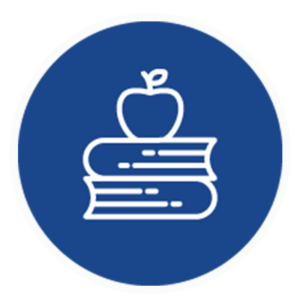
Student Wellbeing and Outcomes
Challenging and appropriate instruction with a strong foundation in literacy and diverse pathways to graduation.
- By June 2029, raise the LPS district on-time graduation rate to 87.0%, with a focus on reducing existing differentials between student groups.*
- By June 2029, LPS will see a 3% increase in percentile rank in both Math and ELA for ALL student groups on nationally normed assessments.
- By June 2029, increase district enrollment in honors courses for all students with additional emphasis on historically underrepresented student groups by reducing disproportionality in course enrollment by 50%.*
- By June 2029, increase the percentage of early childhood students who meet or exceed age expectations by 5% in each developmental area (social emotional, cognitive, physical, language, literacy, and mathematics) as measured on the nationally normed GOLD assessment.
Note: The GOLD assessment is a comprehensive assessment system for children from birth through kindergarten that blends ongoing, authentic assessment in all areas of development and learning with intentional, focused performance assessment tasks for selected predictors of school readiness in the areas of literacy and numeracy.
Intentional supports and relationships for ALL students focused on positive behavior to build strong and safe school communities.
- By June 2029, reduce total suspensions for ALL students by 20%*.
- By June 2029, reduce suspension disproportionality ratios to 1.2 or less for all student groups.*
- By June 2029, students who report feeling that they have a sense of
belonging at school will increase 10% from the baseline measure taken in 2024, and the gaps in positive belonging perception reported by demographic groups will narrow by 5%.
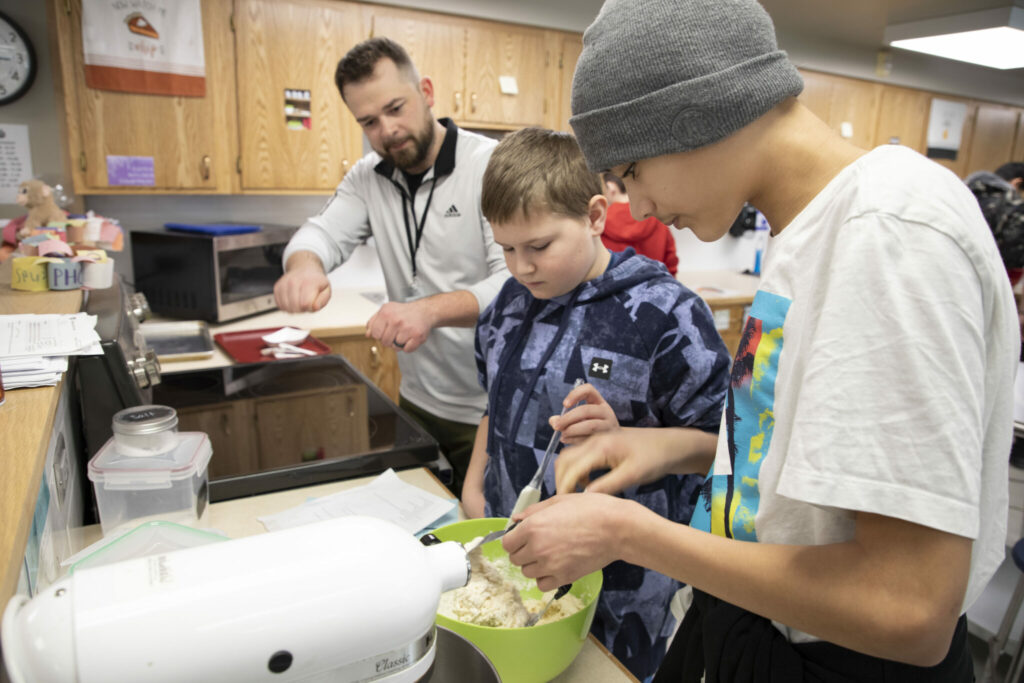

Staff Wellbeing and Outcomes

Support and empowerment for LPS staff who meet the changing needs of ALL students.
- By June 2029, increase the percentage of all employee groups from diverse racial and ethnic backgrounds to at least 8.5% of the total staff.*
- By June 2029, increase the retention rate for LPS certified staff positions by 2%.
- By June 2029, ensure that the average compensation and benefits of LPS classified staff will be competitive with similar positions based on market analysis.
- By June 2029, increase the proportion of staff members who report feeling a sense of belonging by 2%.
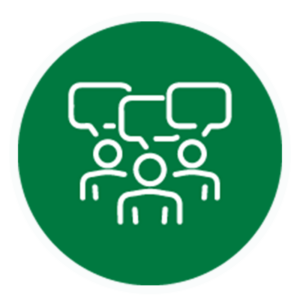
Family and Community Engagement
Outreach that welcomes families and community members as partners in supporting the success of ALL students.
- By June 2029, parents and families who report having opportunities to be involved in school activities will increase 2%, and the gap in positive perception reported by demographic groups will narrow by 5%.
- By June 2029, parents and families who report that staff builds positive relationships will increase 2%, and the gap in positive perception reported by demographic groups will narrow by 5%.
- By June 2029, community members who report having opportunities to be involved in school activities or partnerships will increase 10%, and the gap in positive perception reported by demographic groups will narrow by 5%.
- By June 2029, community members who report that district staff build positive relationships with them will increase by 10%, and the gap in positive perception reported by demographic groups will narrow by 5%.
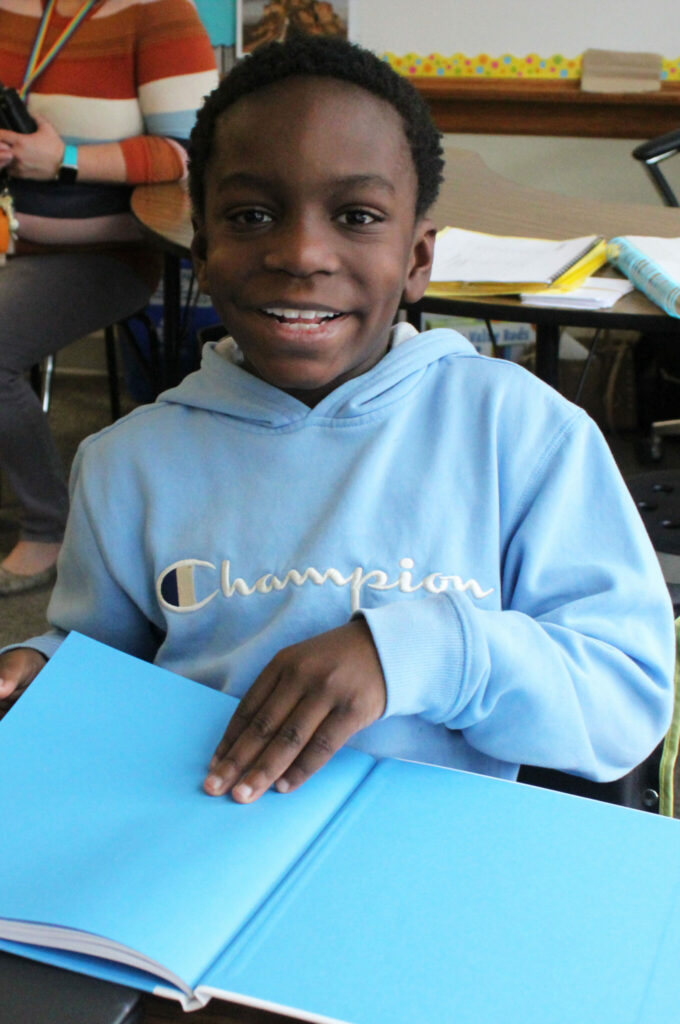

District Systems and Operations
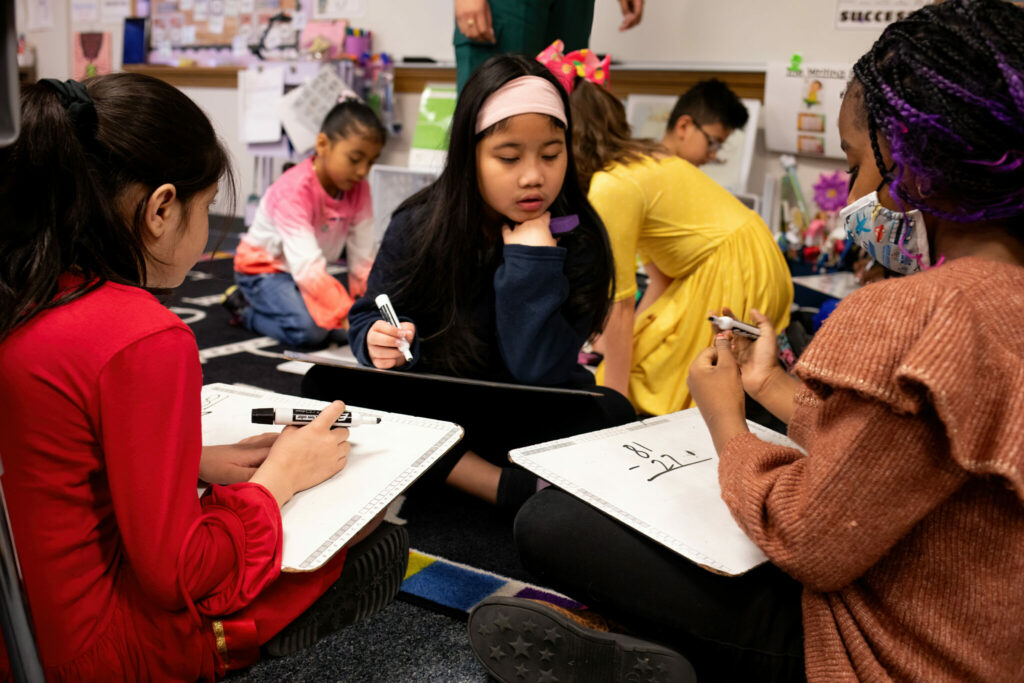
District systems that continue to direct resources based on student needs.
- By June 2029, review, analyze, and verify that 100% of schools have resources aligned to identified student need, based on available funding.
- By June 2029, increase the percentage of staff and families who feel that district systems and operations are transparent.
- By June 2029, adopt an updated 10-Year Facilities and Infrastructure Plan and identify available resources for implementation.
Next Steps - Implementation
Once the strategic plan is confirmed by the Board of Education, the focus will shift to implementation. Specifically, implementation will consist of setting specific data targets and milestones for each measurable goal and building out initiatives and action steps that correspond with each of the priority areas. The work of implementation rests firmly with the school district. The Board of Education will provide essential direction and accountability to ensure the district’s strategy is achieved. The initiatives and action steps included in the All Means All Action Plan and the Superintendent’s Transition Plan will provide direction for the district to build out its full set of initiatives and action steps. The sum of this effort will yield a coherent and action-oriented strategy that will produce strong results for students, staff, and the community.
Glossary of Terms
Throughout this document, several key terms are used to define how LPS will strive to be successful in meeting the goals and priorities embedded in the strategic plan. Please find the definitions of key terms below.
ALL: This term is derived from LPS’s All Means All Plan and is intentionally used throughout the document to emphasize LPS’s commitment to every student and staff member, regardless of socio-economic status, race, national origin, ethnic background, culture, religion, sex, pregnancy, childbirth or related medical condition, sexual orientation, gender, transgender, age, disability, mental, physical, or linguistic ability or other protected status.
Civic engagement: Individual and collective actions designed to identify and address issues of public concern. Civic engagement can take many forms, from individual voluntarism to organizational involvement to electoral participation (Carpini, 2009).
Equity in education: Equity in education intentionally provides what each student needs to reach their individual potential.
Lifelong learning: an approach to learning that allows a person to keep up to date with the changes in the world, sustain their occupational and intellectual development, and improve their personal skills in different areas (Kaplan, 2016).
GOLD Assessment: The GOLD assessment is a comprehensive assessment system for children from birth through kindergarten that blends ongoing, authentic assessment in all areas of development and learning with intentional, focused performance assessment tasks for selected predictors of school readiness in the areas of literacy and numeracy.
